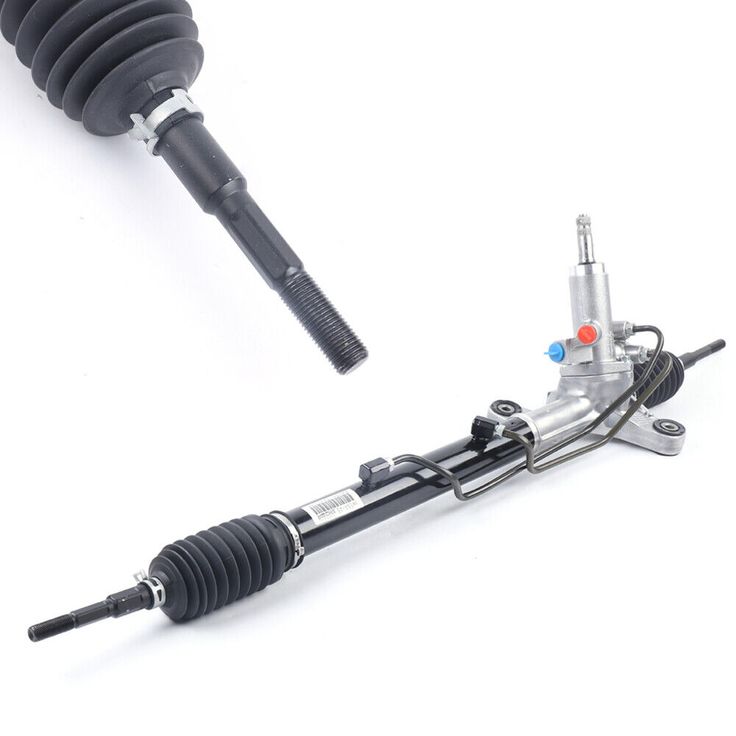Articles & Advices
Discover our library of in-depth articles and valuable advice

Step-by-Step Guide to Checking Your Coolant Level
by Write
Regular attention to your vehicle’s coolant system is essential for maintaining engine longevity, consistent performance, and passenger safety. The coolant—often a mix of antifreeze and water—helps regulate engine temperature, preventing both overheating and freeze damage. By learning how to accurately gauge coolant levels, identify signs of contamination, and understand proper refill techniques, you can address issues before they escalate into costly repairs. The steps outlined below will help guide you through the process, ensuring that your vehicle runs smoothly and efficiently.

How Frequently Should You Change Your Coolant?
by Write
Maintaining your vehicle goes beyond regular washes and refueling. The cooling system plays a pivotal role in ensuring your engine runs smoothly and avoids expensive repairs. A critical element of this system is the coolant, also known as antifreeze, which helps regulate your engine's temperature under various conditions.

Antifreeze Buying Guide: How to Choose the Perfect Coolant
by Write
Every vehicle equipped with an internal combustion engine relies on a robust cooling system to maintain optimal operating temperatures. Central to this system is antifreeze, a specialized liquid that enhances heat transfer, prevents corrosion, and safeguards against freezing conditions. Ensuring you select the appropriate coolant is essential for maintaining engine health and avoiding costly repairs.
All articles

Rack and Pinion Replacement Cost: Everything You Need to Know
by Write
The steering system is a critical component of your vehicle, ensuring safe and precise control on the road. Among its various parts, the rack and pinion mechanism plays a vital role in translating your steering inputs into the movement of the wheels. Over time, this system can experience wear and tear, leading to the need for replacement. Understanding the costs involved and the factors that influence them can help you make informed decisions about maintaining your vehicle's steering performance.

Step-by-Step Guide to Rotating Your Tires
by Write
Beyond routine oil changes, rotating your tires stands out as a fundamental maintenance task for your vehicle. Although it may seem straightforward, improper tire rotation can lead to severe consequences, such as wheel detachment while driving. Understanding the correct method to rotate tires can help you avoid costly repairs and ensure your vehicle remains in optimal condition.

Step-by-Step Guide to Aligning Your Car for Better Performance
by Write
Wheel alignment refers to the adjustment of a vehicle's suspension system, which affects the angle at which the tires meet the road. Proper alignment ensures that the wheels are set to the optimal position as specified by the vehicle manufacturer, promoting better handling, fuel efficiency, and extended tire life.

Step-by-Step Guide to Checking Tire Pressure
by Write
Proper tire inflation is essential for optimal vehicle performance, safety, and tire longevity. Whether filled with air or nitrogen, incorrect tire pressure can significantly affect your car's handling and the lifespan of your tires. Over-inflated tires tend to wear more in the center tread area, decrease the contact area with the road, and lead to a harsher ride. Conversely, under-inflated tires accelerate wear on the tire shoulders and cause a loose steering feel.

Easy Steps to Check Your Tire Tread Depth for Safety
by Write
Ensuring your vehicle's safety starts with well-maintained tires. The tread depth of your tires plays a crucial role in providing the necessary traction for safe braking, acceleration, and steering. In the United States, approximately one in four vehicles on the road has at least one tire that is excessively worn and in need of replacement. This issue not only increases the risk of accidents but also the possibility of sudden blowouts.

Understanding the Service Tire Monitor System
by Write
Tire Pressure Monitoring Systems (TPMS) have become a standard feature in passenger vehicles since the 2008 model year in the United States. These systems play a critical role in ensuring that your vehicle maintains optimal tire pressure, which is essential for safety, fuel efficiency, and tire longevity.

Effective Tips for Cleaning Your Car Tires
by Write
Your car's tires are the first point of contact with the road, making them susceptible to accumulating dirt, mud, sand, and other debris. Properly cleaning your tires not only enhances your vehicle's appearance but also contributes to the longevity and performance of the tires. With the right techniques and products, maintaining clean wheels and tires is straightforward.

Plugging vs Patching a Tire: Which Repair Method is Best?
by Write
Encountering a flat tire is an inevitable experience for most drivers. While a spare tire offers a temporary solution, its limited range and speed capabilities make it unsuitable for long journeys. Additionally, some vehicles are designed without a spare to enhance fuel efficiency and reduce weight, leaving drivers without that fallback option.

Step-by-Step Guide: How to Plug a Tire Safely and Effectively
by Write
Encountering a flat tire can be frustrating and inconvenient, often disrupting your schedule and plans. While waiting for professional assistance is an option, knowing how to plug a tire yourself can help you continue your journey with minimal delay. Whether you need a temporary fix to reach a repair shop or a more permanent solution, this guide provides clear instructions on how to effectively plug a tire.